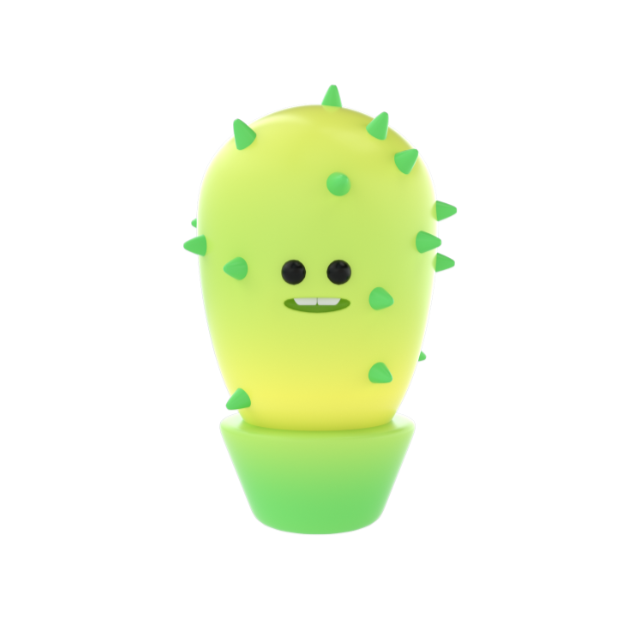Exercise 2. Answer the questions on the text:
1. What was the very first calculating device?
2. What is abacus? When did people begin to use them?
3. When did a lot of people try to find easy ways of calculating?
4. Who used Napier’s ideas to produce logarithm?
5. What was invented by Sir Isaac Newton and Leibnitz?
6. What did Charles Babbage design?
7. When was the first analog computer built? How did people use it?
8. Who built the first digital computer?
9. How did the first generation of computers work?
10. What are the differences between the first and the second computer generations?
11. When did the third-generation computers appear?
Exercise 3. Give a short summary of the text.
What is a Computer?
A computer is a machine with an intricate network of electronic circuits that operate switches or magnetize tiny metal cores. The switches, like the cores, are capable of being in one of two possible states, that is, on or off; magnetized.
The machine is capable of storing and manipulating numbers, letters and characters.
The basic idea of a computer is that we can make the machine do what we want by inputting signals that turn certain switches on and turn others off, or that magnetize or do not magnetize the cores.
The basic job of computers is the processing of information. For this reason, computers can be defined as devices which accept information in the from of instructions called a program and characters called data performing mathematical and logical operations on the information, and then supply results of these operations.
The program or a part of it, which tells the computers what to do and the data, which provide the information needed to solve the problem, are kept inside the computer in a place called memory.
Computers are thought to have many remarkable powers. Most computers, whether large or small have three basic capabilities.
First, computers have circuits for performing arithmetical operations, such as: addition, subtraction, division, multiplication and exponentiation. Second, computers have means of communicating with the user. If we couldn’t feed information in and get results back these machine wouldn’t be of much use.
However, certain computers (commonly minicomputers and microcomputers) are used to control directly things such as robots, aircraft navigation systems, medical instruments, etc. Some of the most common methods of inputting information are to use terminals, diskettes, disks and magnetic tapes.
The computer’s input device (which might be a disk drive depending on the medium used in inputting information) reads the information into the computer. For outputting information, two common devices are used a printer which prints the new information on paper, or a cathode-raytube (CRT) display screen which shows the results on a TV-like a screen. Third, computers have circuits which can make decisions. The kinds of decisions which computer circuits can make are not of the type: ‘Who would win a war between two countries?’ or ‘Who is the richest person in the world?’ Unfortunately, the computer can only decide three things, namely:’ Is one number use more often than another? ‘Are two numbers equal?’ and, ‘Is one number greater than another?’
A computer can solve a series of problems and make hundreds even thousands of logical operations without becoming tired or bored. It can find the solution to a problem in a fraction that it takes a human being to do the job. A computer can replace people in dull routine, but it has no originality, it works according to the instructions given to it and cannot exercise value judgements.
There are times when a computer seems to operate like a mechanical «brain», but its achievement are limited by the minds of human beings. A computer cannot do anything unless a person tells it what to do and gives the appropriate information, but because of electric pulses can move at the speed of light, a computer can carry out vast numbers of arithmetical-logical operations almost instantaneously.
A person can do the same, but in many cases that person would be deal long before the job was finished.
264
290
Ответы на вопрос:
2. Look! The film has started.
Смотри! Фильм начался.
3. Mum has cooked breakfast.
Мама приготовила завтрак.
6. We have opened the door, it’s hot.
Мы открыли дверь, здесь жарко.
7.The children have washed their hands.
Дети помыли руки.
9. We have translated the text , it’s difficult!
Мы перевели текст, это было сложно!
Реши свою проблему, спроси otvet5GPT
-
Быстро
Мгновенный ответ на твой вопрос -
Точно
Бот обладает знаниями во всех сферах -
Бесплатно
Задай вопрос и получи ответ бесплатно

Популярно: Английский язык
-
Read paragraphs B-C and fill in the gaps. Use only one word. A. At the Brooklyn...
 пллсыео10.12.2020 06:27
пллсыео10.12.2020 06:27 -
Write one letter in each gap to compete the words...
 Mist3YT02.10.2021 04:35
Mist3YT02.10.2021 04:35 -
Read the sentence and write the ordinal numeral instead of the figure. You...
 anishenkovayana13.07.2022 06:17
anishenkovayana13.07.2022 06:17 -
6,7 задание помечены маркером...
 Ден0Морозов12.11.2020 13:49
Ден0Морозов12.11.2020 13:49 -
. английский всставить слова. задание 2 и 3 ...
 Mrkronomax27.12.2022 09:03
Mrkronomax27.12.2022 09:03 -
Памогите можэте написать только ответы...
 tiger07107.04.2023 01:42
tiger07107.04.2023 01:42 -
Тут обходим артикль the? : let s browns to my birthday party!...
 77Джи7703.04.2020 22:09
77Джи7703.04.2020 22:09 -
Susan can t go to the concert because 1) a cd player 2) a ticket 3) a cold...
 stentani9727.09.2022 18:26
stentani9727.09.2022 18:26 -
Перевидите : a)listen and repeat. b)put the objects in alphabetical order....
 gdaniiiurik12306.03.2022 00:24
gdaniiiurik12306.03.2022 00:24 -
Нам нужно написать доклад на о своем любимом блюде. (например о курочке)....
 rfbbfr11.01.2023 12:23
rfbbfr11.01.2023 12:23

Есть вопросы?
-
Как otvet5GPT работает?
otvet5GPT использует большую языковую модель вместе с базой данных GPT для обеспечения высококачественных образовательных результатов. otvet5GPT действует как доступный академический ресурс вне класса. -
Сколько это стоит?
Проект находиться на стадии тестирования и все услуги бесплатны. -
Могу ли я использовать otvet5GPT в школе?
Конечно! Нейросеть может помочь вам делать конспекты лекций, придумывать идеи в классе и многое другое! -
В чем отличия от ChatGPT?
otvet5GPT черпает академические источники из собственной базы данных и предназначен специально для студентов. otvet5GPT также адаптируется к вашему стилю письма, предоставляя ряд образовательных инструментов, предназначенных для улучшения обучения.
